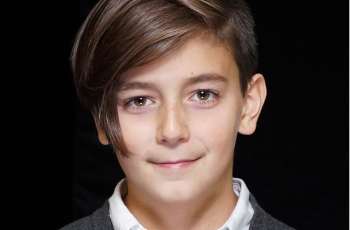Low-grade Astrocytoma
What is a low-grade astrocytoma?
Astrocytomas are the most common type of glioma, a tumor that develops from glial cells called astrocytes.
About half of childhood brain tumors are astrocytomas.
Low-grade astrocytomas are usually localized and grow slowly. Common types include:
- Juvenile pilocytic astrocytoma (JPA): This slow-growing tumor is cystic (fluid filled) and develops in the cerebellum. Surgical removal is often the only treatment necessary. It is the most common cerebellar tumor found in children.
- Fibrillary astrocytoma: This tumor infiltrates into surrounding brain tissue, making surgical removal more difficult and can cause seizures.
- Pilomyxoid astrocytoma (PMA): an uncommon and aggressive variant of a JPA.
- Pleomorphic xanthoastrocytoma (PXA): typically occurs in the cerebral hemisphere (the uppermost sections of the brain) and the leptomeninges, one of the layers that covers the brain. It rarely develops in the spinal cord.
- Diffuse astrocytoma: “Diffuse infiltrating” means there is no identifiable border between the tumor and normal brain tissue.
What causes a low-grade astrocytoma? Who is affected?
Astrocytomas are most common in children between the ages of 5 and 8.
About 80% of astrocytomas in children are low-grade though they can spread to the spine.
What are the symptoms of low-grade astrocytoma?
Symptoms of astrocytomas vary widely. Some patients do not experience symptoms until the tumor gets too large, if at all. The symptoms children experience depends on their age and stage of growth, function of the affected part of the brain, location of the tumor, and speed at which the tumor is growing.
Symptoms include: nausea, vomiting, early morning headaches, unexplained weight gain or loss, weakness, tingling, loss of balance, trouble walking, seizures, changes in personality or behavior, and problems with vision, hearing or speech.
How is a low-grade astrocytoma treated?
Surgical removal is used to both diagnose and treat astrocytomas. For low-grade tumors, surgery is considered a curative option if the tumor can be removed completely. Chemotherapy or radiation therapy may be used to kill any remaining tumor cells.






